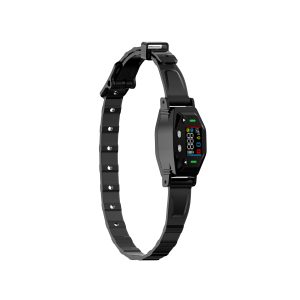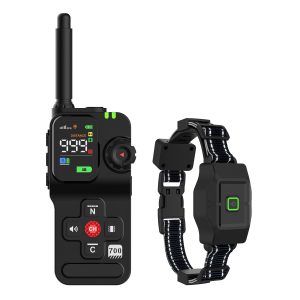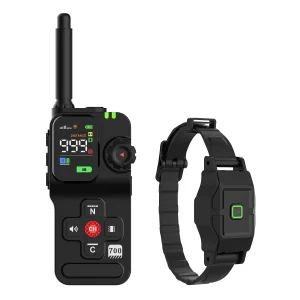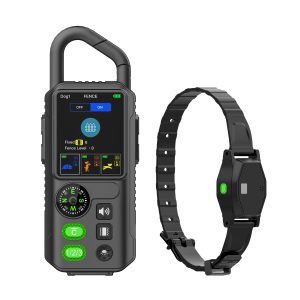The Ultimate Dog Training Collar Guide: Transforming Your Pooch’s Behavior
Training your furry friend is a rewarding experience that strengthens the bond between you and your canine companion. While positive reinforcement and consistency are key, sometimes you may need extra assistance in correcting certain behaviors. This is where dog training collars come into play; they provide effective tools to help you communicate effectively with your pet. In this comprehensive guide, we’ll delve into the various types of training collars available, how to use them properly, and tips on maximizing their benefits.
Understanding Different Types of Dog Training Collars
There are several types of dog training collars on the market, each designed to address specific behaviors. From classic choke chains to modern remote-controlled collars, it’s essential to choose the right one for your pooch’s unique needs.
1. Choke Chain Collars:
Choke chain collars are one of the oldest forms of training collars, consisting of a metal chain that tightens around your dog’s neck when pulled. While effective in correcting behavior, they require careful handling to avoid injury.
2. Martingale Collars:
Martingale collars are a gentler alternative to choke chains, providing a limited closure to prevent choking. They are ideal for training sessions that involve pulling or leash-reactive behavior.
3. Prong Collars:
Prong collars have metal prongs that apply pressure around your dog’s neck to discourage pulling. When used correctly, they can be effective in teaching your pooch to walk politely on a leash.
4. Electronic Collars:
Electronic collars, also known as shock collars, deliver a mild electric stimulation to your dog’s neck when triggered remotely. They are valuable tools for off-leash training and addressing behaviors like barking or boundary training.
Using Dog Training Collars Responsibly
Before incorporating a training collar into your routine, it’s crucial to understand how to use it safely and effectively. Always consult with a professional dog trainer or behaviorist to ensure you’re employing the collar correctly.
1. Proper Fit:
Ensure the collar fits snugly but not too tight around your dog’s neck. It should allow for two fingers to fit comfortably between the collar and your pet’s skin.
2. Positive Reinforcement:
Combine the use of the training collar with positive reinforcement techniques to reward your dog for good behavior. This helps create a positive association with the training process.
3. Consistency is Key:
Consistency in training is vital for your dog to understand expectations. Use the collar consistently and provide clear cues to reinforce desired behavior.
Maximizing the Benefits of Dog Training Collars
While training collars can be powerful tools, they are most effective when used in conjunction with proper training techniques and patience. Remember, every dog is unique, so take the time to understand your pooch’s needs and tailor your training approach accordingly.
By investing time and effort in your dog’s training, you’ll not only improve their behavior but also strengthen the special bond you share. With the right tools and techniques, you can unlock your pooch’s full potential and enjoy a harmonious relationship for years to come.




